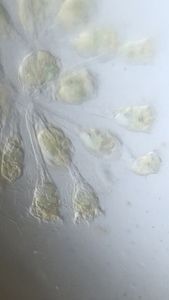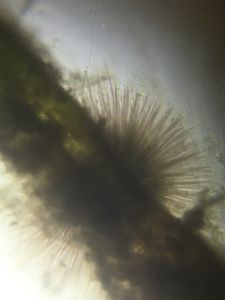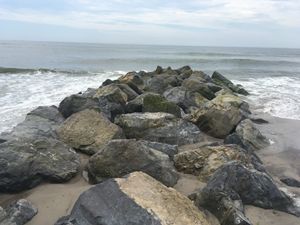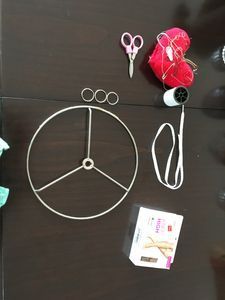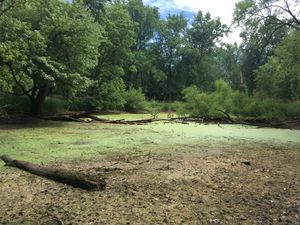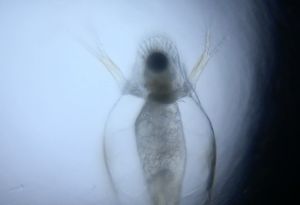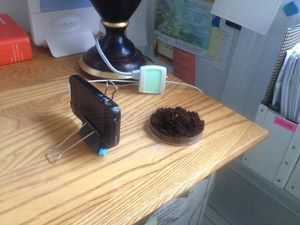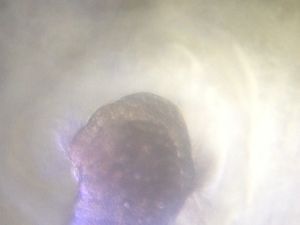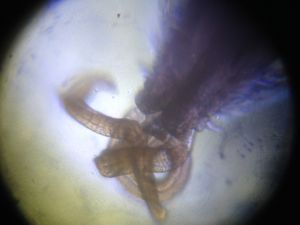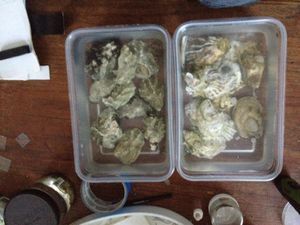The Great Blue Whale
 Dec 21, 2016 • 11:45 AM UTC
Dec 21, 2016 • 11:45 AM UTC Unknown Location
Unknown Location 140x Magnification
140x Magnification Microorganisms
Microorganisms
Matthew Rossi
I'm a novelist, essayist, and a writing consultant. I work in the writing centers at Columbia and Baruch University and explore research into the overlap of maker cultures and writing. My work with the Foldscope tends to focus on finding wild creatures in urban spaces and looking at how human works are shaped by the movements of the biosphere.
40posts
105comments
4locations

“…even stripped of these supernatural surmisings, there was enough in the earthly make and incontestable character of the monster to strike the imagination with unwonted power. For, it was not so much his uncommon bulk that so much distinguished him from other sperm whales, but, as was elsewhere thrown out- a peculiar snow-white wrinkled forehead, and a high, pyramidical white hump. These were his prominent features; the tokens whereby, even in the limitless, uncharted seas, he revealed his identity, at a long distance, to those who knew him.
The rest of his body was so streaked, and spotted, and marbled with the same shrouded hue, that, in the end, he had gained his distinctive appellation…”–Herman Melville, Moby Dick
The rest of his body was so streaked, and spotted, and marbled with the same shrouded hue, that, in the end, he had gained his distinctive appellation…”–Herman Melville, Moby Dick

I remember in the biology classes I took in college the way the history of biological scales was laid out to me. The size of the world seemed pretty clear. On the one side lived multicellular creatures like you or I (I presume…and if I’m incorrect, please let me know!), and on the other were the single celled creatures. Single-celled creatures had been hidden from sight for much of human history. Only when van Leeuwenhoek finally brought his lens to their world did we gain the power to see them, for the protozoa were denizens of the microcosmos and could be counted on, for all their multitude of forms, to be microscopic.
Or were they? Anyone who has read my posts here knows I’m obsessed with the way we think of scale in biology. Humans tend to think of ourselves as more or less normal sized creatures from which anything else could be measured as larger or smaller, but this is, after all, not strictly true. To my cat, we are behemoths (who are inexplicably bad at running, hunting, smelling, hearing, or using our claws; but that’s a different post), and to the fruit flies I raised , our apartment is an entire world. On the other end of the spectrum, the rotifers we look at are all multicellular creatures, but they are so small themselves that they are sometimes dwarfed by the ciliates they hunt. And then, there is the Stentor coeruleus , a monster in its taxonomical kingdom.
Or were they? Anyone who has read my posts here knows I’m obsessed with the way we think of scale in biology. Humans tend to think of ourselves as more or less normal sized creatures from which anything else could be measured as larger or smaller, but this is, after all, not strictly true. To my cat, we are behemoths (who are inexplicably bad at running, hunting, smelling, hearing, or using our claws; but that’s a different post), and to the fruit flies I raised , our apartment is an entire world. On the other end of the spectrum, the rotifers we look at are all multicellular creatures, but they are so small themselves that they are sometimes dwarfed by the ciliates they hunt. And then, there is the Stentor coeruleus , a monster in its taxonomical kingdom.

The first time I encountered a stentor, I misidentified it as a rotifer. Laksiyer corrected me and called it the king of the ciliates. That wasn’t an S. coeruleus but a smaller variety clinging to a plant; it had the decency to remain in its scale, invisible to my eyes. When I found a specimen of the larger species, it appeared to my naked eye as a dark blue dot hanging on the meniscus of a sample of pond water. When I drew it into my eyedropper, I assumed I was getting an interesting glob of algae or a colony of bacteria. When it moved, I was overjoyed.
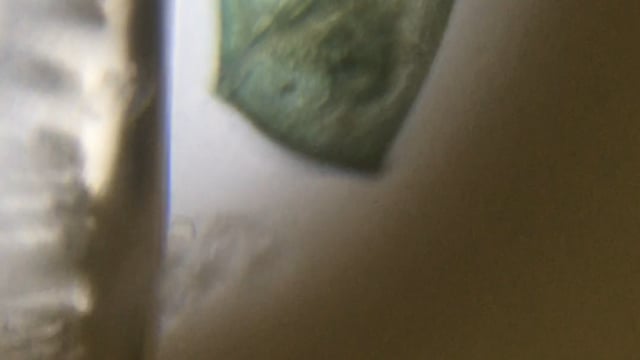
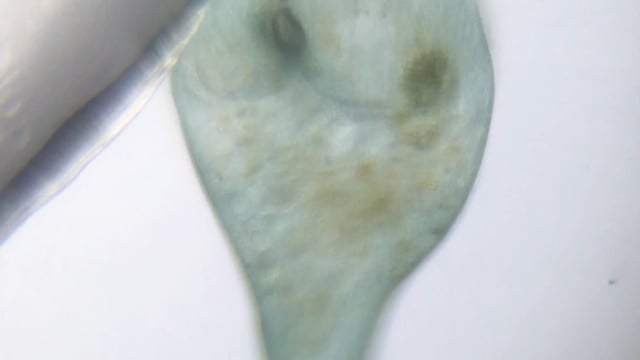
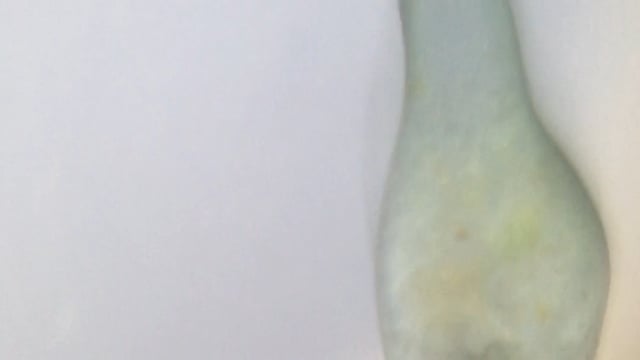
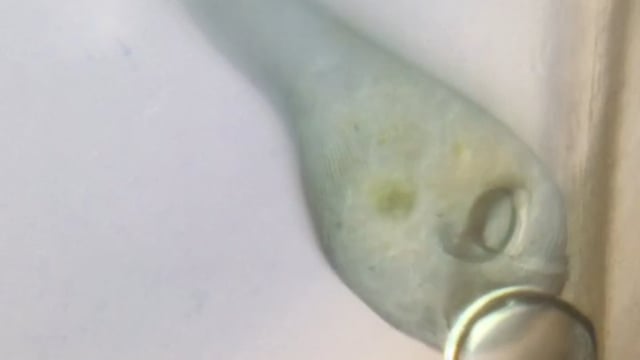
Not a white whale, but a blue one, tinted a bright cyan from its partnership with blue-green algae that live in its body. As it moves, it periodically sheds these in bursts of pigmented goop.

What makes the stentor so interesting to me is not merely that they are a very large single-celled creature. It is what the size of the creature allows us in terms of observing and documenting the microcosmos. Under even a low-powered lens, the organelles of the stentor are clearly visible. In particular, its macronuclei, strung along the length of its body like costume jewelry pearls.
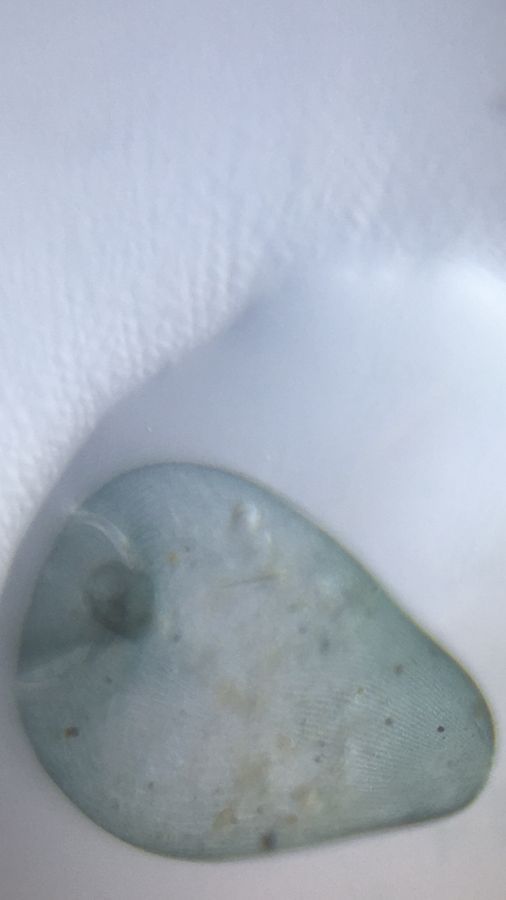
Even more interesting, you can see the texture of its cellular membrane. Long striations of fibers up and down its body that allow it to change form and stretch to great lengths. You can see the way its mouth curls into a spiral, a divot where the vortex of its cilia leads its prey.
In this way, the stentor also tickles my other obsession on this site: the aesthetics of scientific viewing. The world presented through a light microscope so often seems to be a two dimensional one, but here is a creature that is aggressively three dimensional. Once again, the light microscope becomes a tool for aesthetic and empathetic sight, in addition to, and as a part of, scientific observation. In looking at it, we get a glimpse of what the world looks like at a microscopic scale. We get a view of what the protists living in its world experience when they encounter this great whale.
Sign in to commentNobody has commented yet... Share your thoughts with the author and start the discussion!
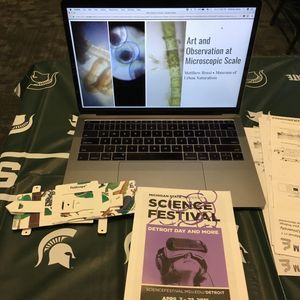
 0 Applause
0 Applause 0 Comments
0 Comments



